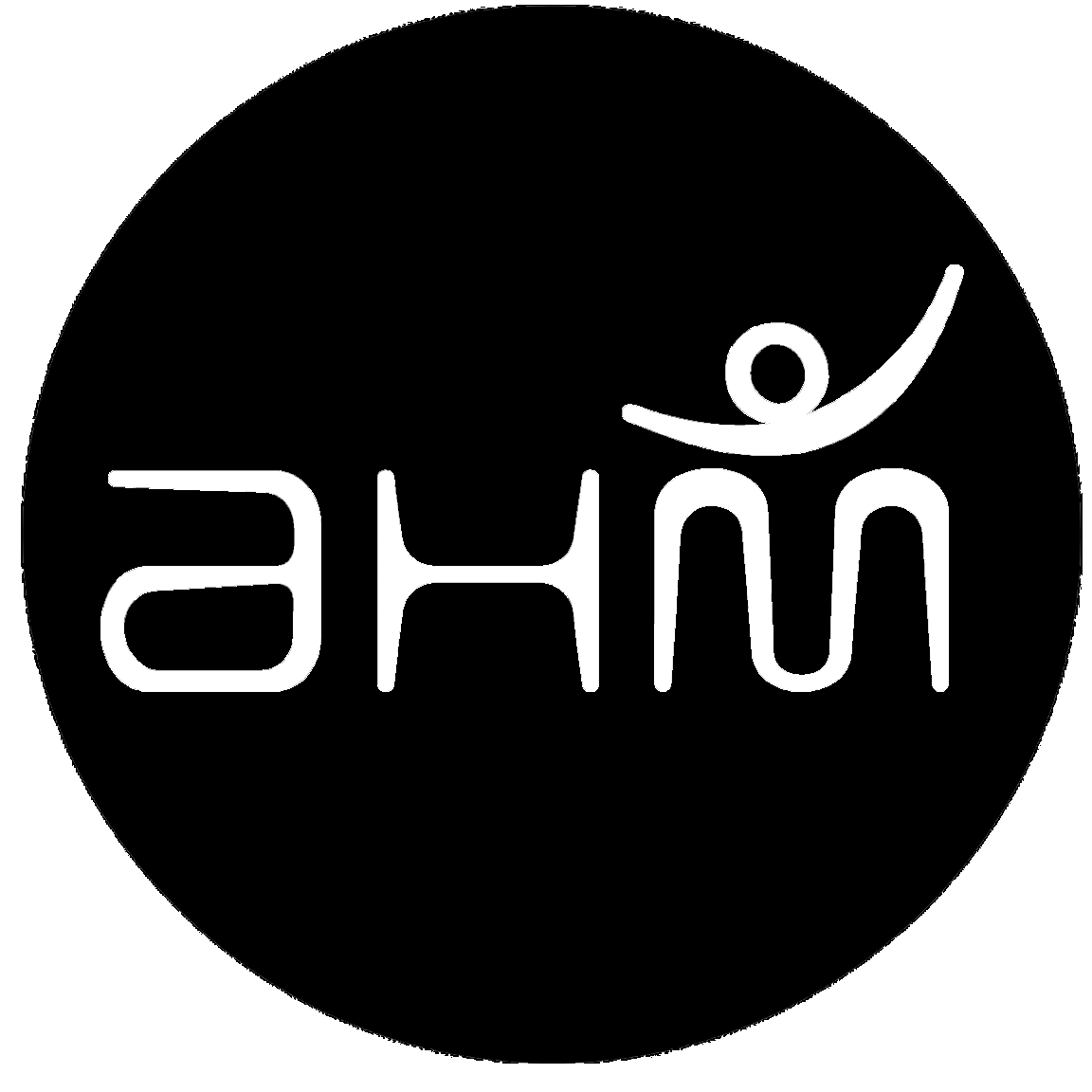
Understanding Chögyam Trungpa's Perspective Chögyam Trungpa, born in Tibet in 1939, played a pivotal role in introducing Tibetan Buddhism to the Western world. His teachings emphasized the importance of mindfulness, meditation, and awareness as tools for aligning body and mind. He believed that the integration of these practices could lead to greater inner peace, self-discovery, and spiritual awakening. The Body as a Gateway to Mindfulness One of Chögyam Trungpa's central teachings was the idea that the body serves as a gateway to mindfulness. He recognized that the body's sensations, movements, and postures are direct manifestations of our mental state. By paying close attention to our physical experiences, we can gain insights into the workings of our minds. Practical Application: In your daily life, practice mindfulness by tuning into your bodily sensations. Whether you're walking, sitting, or engaged in any activity, be fully present in your body. Notice how your body responds to different situations and emotions, as this can provide valuable insights into your mental and emotional state. The Breath as a Bridge Chögyam Trungpa emphasized the breath as a bridge between the body and mind. He viewed the breath as a powerful tool for cultivating awareness and promoting alignment. By observing the breath, we can connect with the present moment and gain a deeper understanding of our inner landscape. Practical Application: Incorporate conscious breathing exercises into your daily routine. Take moments throughout the day to focus on your breath. Chögyam Trungpa often recommended the practice of shamatha meditation, which involves attentive breathing and calming the mind. This practice can help align your mental and physical aspects. Meditation as a Path to Integration Meditation was a cornerstone of Chögyam Trungpa's teachings. He believed that meditation was the key to integrating body and mind. Through meditation, individuals could observe their thoughts, emotions, and physical sensations without attachment or judgment. This practice allowed for a profound sense of inner alignment and clarity. Practical Application: Dedicate time to a regular meditation practice. Start with short sessions and gradually extend the duration as you become more comfortable. In meditation, focus on your breath, observe your thoughts, and cultivate a non-judgmental awareness of your physical sensations. Over time, this practice can lead to a harmonious connection between your body and mind. Embracing the Present Moment Chögyam Trungpa emphasized the importance of embracing the present moment. He believed that the past and future were mere mental constructs that could lead to suffering when fixated upon. By staying fully present in each moment, individuals could align their body and mind and experience a profound sense of freedom and clarity. Practical Application: Cultivate mindfulness in your daily activities. When you catch yourself dwelling on the past or worrying about the future, gently bring your awareness back to the present moment. Engage fully in whatever you are doing, whether it's eating, walking, or working. This practice can help you align your mental and physical dimensions with the now. Compassion and Self-Acceptance Chögyam Trungpa emphasized the importance of self-compassion and self-acceptance on the path to aligning body and mind. He believed that true transformation could only occur when individuals approached themselves with kindness and non-judgment. By embracing our imperfections and vulnerabilities, we could achieve a deeper sense of inner harmony. Practical Application: Practice self-compassion in your daily life. When faced with challenges or setbacks, offer yourself the same level of kindness and understanding that you would to a dear friend. Release the need for perfection and accept yourself as you are. This attitude of self-compassion can foster alignment and healing within. Chögyam Trungpa's teachings provide profound guidance on the journey to aligning body and mind. By recognizing the body as a gateway to mindfulness, using the breath as a bridge, embracing meditation as a path to integration, staying present in the moment, and practicing self-compassion, individuals can experience a profound transformation. Aligning body and mind is not a destination but a continuous process of self-discovery and inner harmony. Chögyam Trungpa's teachings remind us that this alignment is within our reach, offering the potential for greater clarity, peace, and authenticity in our lives. As we integrate his wisdom into our daily practices, we move closer to the profound realization that our body and mind are not separate entities but interconnected facets of our true selves. |










